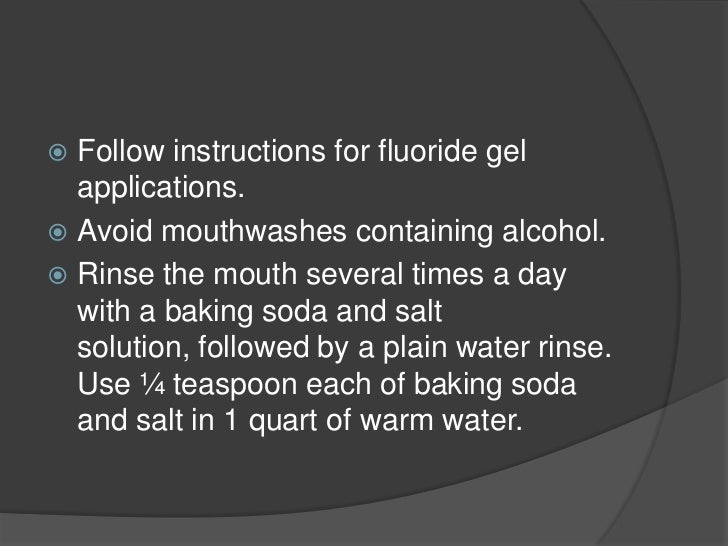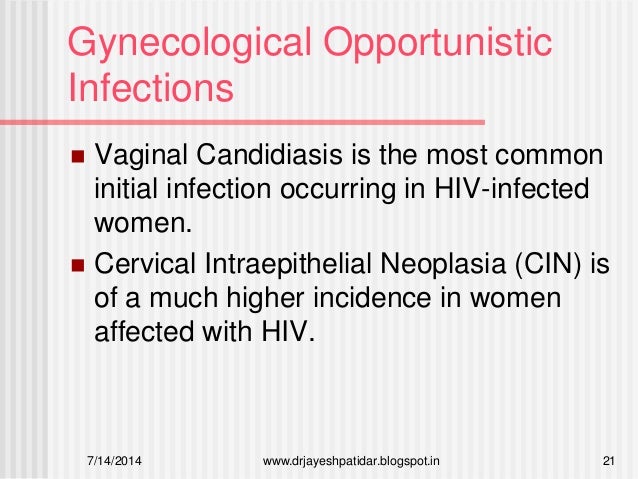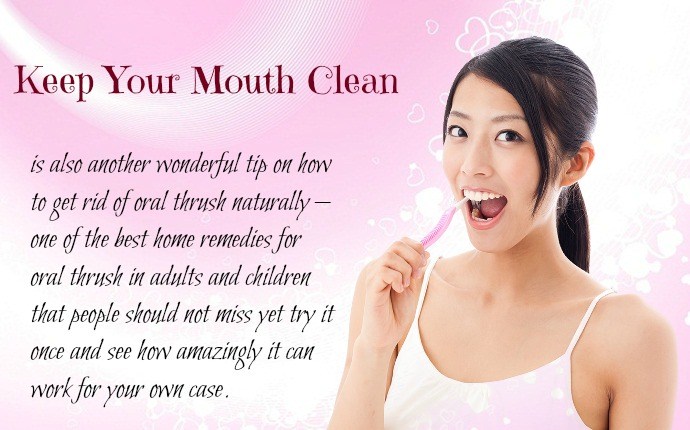
 Use a lip moisturizer (such as, Aquaphor ®, Vaseline ®, Eucerin Original ®, or A&D ® ointment) 4 to 6 times a day to prevent dry lips. If you’re not eating food orally (by mouth), make sure your mouth is kept clean and moist to avoid mucositis. If your nurse told you to irrigate your mouth, you will get other instructions about rinsing. Don’t use mouthwashes that have hydrogen peroxide unless your doctor tells you to. Don’t use very hot or cold temperatures of mouth rinses. Swish the rinse in your mouth and gargle well for 15 to 30 seconds, then spit out the rinse. A mouthwash with no alcohol or sugar, such as Biotene ® PBF Oral Rinse or BetaCell ™ Oral Rinse. One quart of water mixed with 1 teaspoon of baking soda. One quart of water mixed with 1 teaspoon of salt. One quart (4 cups) of water mixed with 1 teaspoon of salt and 1 teaspoon of baking soda. Rinse your mouth every 4 to 6 hours, or more often as needed. If you haven’t flossed regularly before treatment, don’t start flossing now. If you have any irritation, keep it out of your mouth as much as possible.įloss your teeth with unwaxed dental floss once daily at bedtime. Take it out of your mouth while you sleep. You can keep wearing it if it fits well and doesn’t irritate your mouth. If you have a set of dentures, a bridge, or a dental prosthesis, take it out and clean it each time you clean your mouth. Use a fluoride toothpaste or baking soda with fluoride. Change your toothbrush every 3 to 4 months or more often if needed. Oral-B ® Indicator 35 Compact Head Toothbrush, Soft. Colgate ® 360 Sensitive Pro-Relief Toothbrush, Compact Head, Extra Soft. Sensodyne ® Extra Soft, Gentle Toothbrush. If your mouth is too sore for a regular soft toothbrush, you can get a supersoft one from a drugstore. Brush your teeth and tongue gently within 30 minutes after eating. If you need to see your dentist during your treatment, ask them to call your doctor at Memorial Sloan Kettering (MSK) first. Your doctor may tell you to see a dentist before you start cancer treatment. Back to top Caring for Your Mouth During Your Cancer Treatment Dental care How quickly they go away depends on your immune system and the treatment you’re receiving.
Use a lip moisturizer (such as, Aquaphor ®, Vaseline ®, Eucerin Original ®, or A&D ® ointment) 4 to 6 times a day to prevent dry lips. If you’re not eating food orally (by mouth), make sure your mouth is kept clean and moist to avoid mucositis. If your nurse told you to irrigate your mouth, you will get other instructions about rinsing. Don’t use mouthwashes that have hydrogen peroxide unless your doctor tells you to. Don’t use very hot or cold temperatures of mouth rinses. Swish the rinse in your mouth and gargle well for 15 to 30 seconds, then spit out the rinse. A mouthwash with no alcohol or sugar, such as Biotene ® PBF Oral Rinse or BetaCell ™ Oral Rinse. One quart of water mixed with 1 teaspoon of baking soda. One quart of water mixed with 1 teaspoon of salt. One quart (4 cups) of water mixed with 1 teaspoon of salt and 1 teaspoon of baking soda. Rinse your mouth every 4 to 6 hours, or more often as needed. If you haven’t flossed regularly before treatment, don’t start flossing now. If you have any irritation, keep it out of your mouth as much as possible.įloss your teeth with unwaxed dental floss once daily at bedtime. Take it out of your mouth while you sleep. You can keep wearing it if it fits well and doesn’t irritate your mouth. If you have a set of dentures, a bridge, or a dental prosthesis, take it out and clean it each time you clean your mouth. Use a fluoride toothpaste or baking soda with fluoride. Change your toothbrush every 3 to 4 months or more often if needed. Oral-B ® Indicator 35 Compact Head Toothbrush, Soft. Colgate ® 360 Sensitive Pro-Relief Toothbrush, Compact Head, Extra Soft. Sensodyne ® Extra Soft, Gentle Toothbrush. If your mouth is too sore for a regular soft toothbrush, you can get a supersoft one from a drugstore. Brush your teeth and tongue gently within 30 minutes after eating. If you need to see your dentist during your treatment, ask them to call your doctor at Memorial Sloan Kettering (MSK) first. Your doctor may tell you to see a dentist before you start cancer treatment. Back to top Caring for Your Mouth During Your Cancer Treatment Dental care How quickly they go away depends on your immune system and the treatment you’re receiving. 
These symptoms may begin 3 to 10 days after treatment starts. You may experience some mouth and throat discomfort that can make it hard to eat or swallow. Mucositis can cause redness, swelling, tenderness, and sores on the lining of your mouth, tongue, and lips. Some cancer treatments, including radiation therapy to the head and neck, may affect the cells that are in your mouth and digestive tract. OC prophylaxis may not be warranted after renal transplant.This video explains how to care for your mouth and manage mouth pain during your cancer treatment. In this retrospective study of adult RTRs, the absence of antifungal prophylaxis demonstrated non-inferiority to 30-day nystatin prophylaxis at reducing the incidence of OC within 3 months of transplant. Two patients in the No PPX group required readmission for decreased oral intake, and OC was diagnosed and treated during their hospital day. All RTRs with OC achieved symptom resolution with fluconazole and/or nystatin. Esophageal candidiasis was observed in 10% (1/10) of RTRs with OC in the No PPX group compared to 16.7% (1/6) RTRs in the nystatin group ( P = 1.00). The median time to OC was 7.5 days (IQR 6.3-34.3 days) in the nystatin group and 9.5 days (IQR 5.3-30.5 days) in the No PPX group ( P = .64). The incidence of OC within 3 months post-transplant among 257 RTRs was 7.8% (10/128) in the No PPX group and 4.7% (6/129) RTRs in the nystatin group, a risk difference of 3.2% (95% CI, −2.7% to 9.1%, non-inferiority P = .04). The pre-specified non-inferiority margin was 10%. Secondary outcomes included time to OC occurrence and severity of OC. The primary outcome was the incidence of OC within 3 months post-transplant.

This was a single-center, retrospective, non-inferiority study of adult renal transplant recipients (RTRs) who received nystatin for 30 days for OC prophylaxis (nystatin group) or no antifungal prophylaxis therapy (No PPX group). To compare the incidence of oropharyngeal candidiasis (OC), or thrush, in renal transplant recipients receiving nystatin versus no antifungal prophylaxis.







 0 kommentar(er)
0 kommentar(er)
